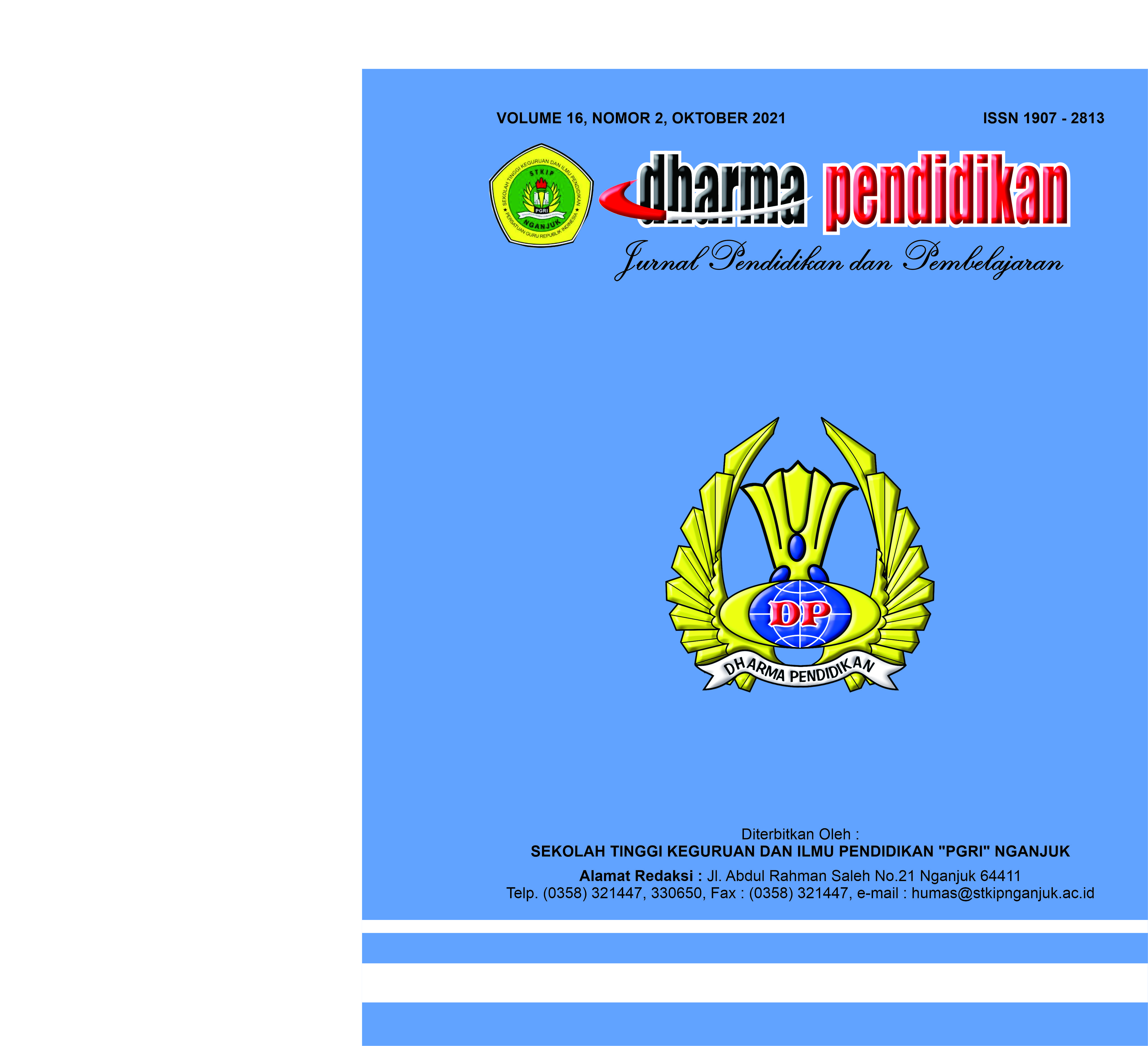The Effectiveness Of Interactive Approach To Teach Reading Comprehension To First Semester Students Of STIE Nganjuk
Keywords:
interactive approach, reading comprehensionAbstract
The objective of the study is to investigate whether the students who is taught using interactive approach have better achievement in reading comprehension than the students who is taught by using conventional technique. This research used experimental design. The study is carried out in popuulation of students of STIE Nganjuk. It means the researcher has English for Specific Purposes (ESP) class. The result of the research is to measure the effects interactive approach has on students’ reading comprehension because they are as non-English Department learners. From the comparison of absolute gain scores between experimental group and control group, it can be concluded that the students of the experimental group have already been more proficient in dealing with the reading text because they are given interactive reading approach which has appropriate emphasis on the bottom-up and the top-down processing. Besides, while teaching them the researcher also found that the students were more attracted and motivated in learning reading when the researcher used interactive approach.
References
Allen, Matthew. 2004. Smart Thinking. Singapore: Bookpac Production Service
Clementon, Theresa. 2010. Natural English Reading Writing. Oxford: University Press
Mandel, Steve. 2000. Effective Presentation Skills. USA : A Fifty Minutes Series Book
Mikulecky, Beatrice et al. 1996. More Reading Power. Longman : Addison-Wesley Publishing Company
Patterson, Annabel. 2005. Reading between The Lines. London : Routledge Press
Wedmann, Brenda et al. 1985. Mosaic A Reading Skills Book. New York : Random Book
Downloads
Published
How to Cite
Issue
Section
License
Copyright (c) 2021 Triana Wuri Cahyanti

This work is licensed under a Creative Commons Attribution 4.0 International License.



